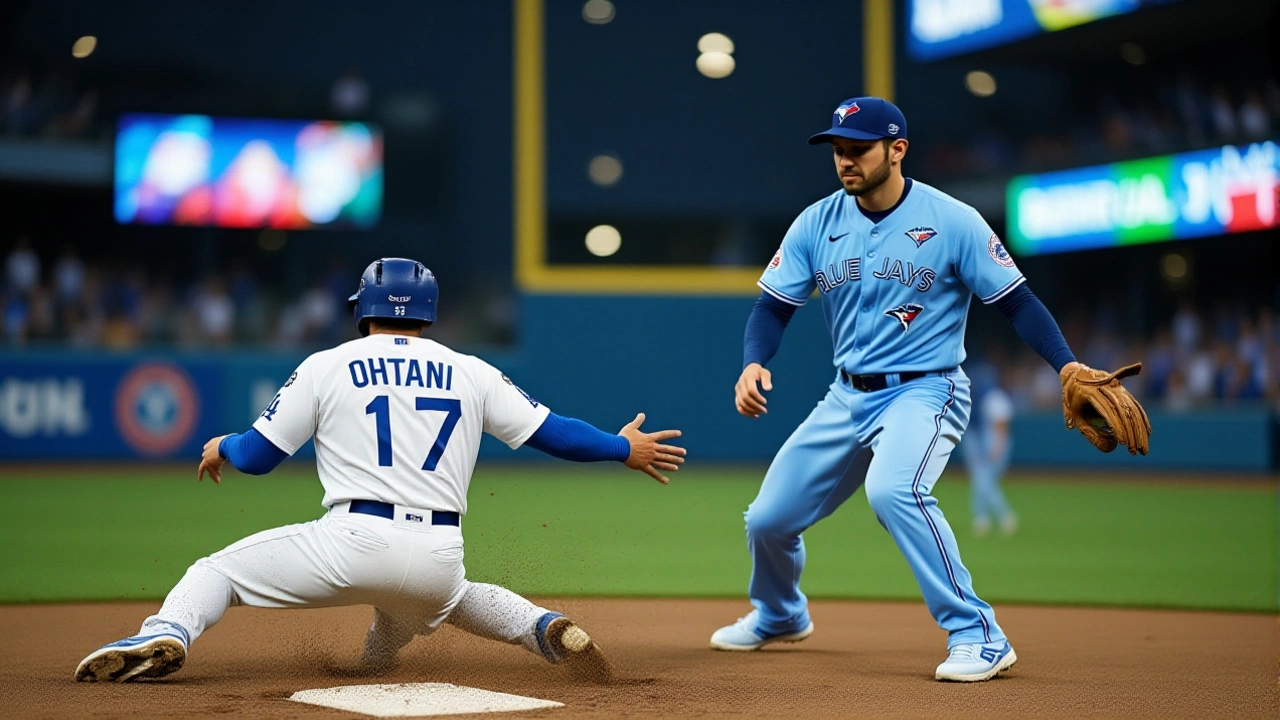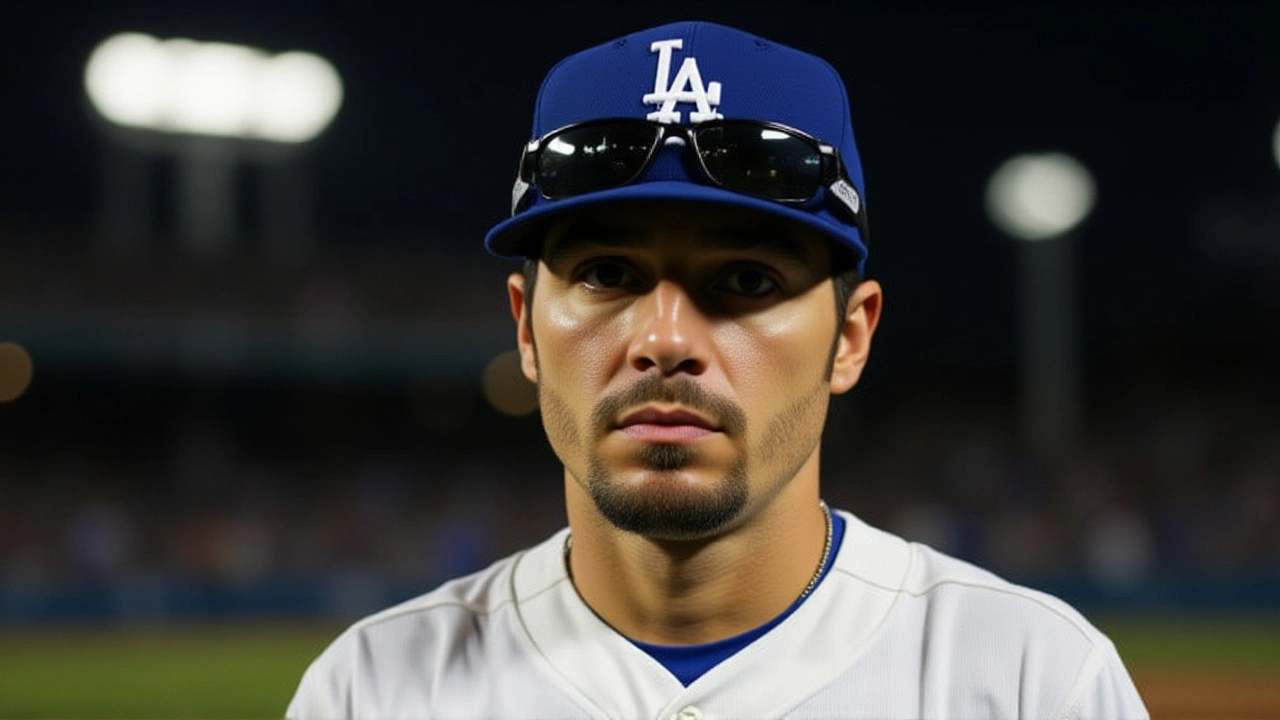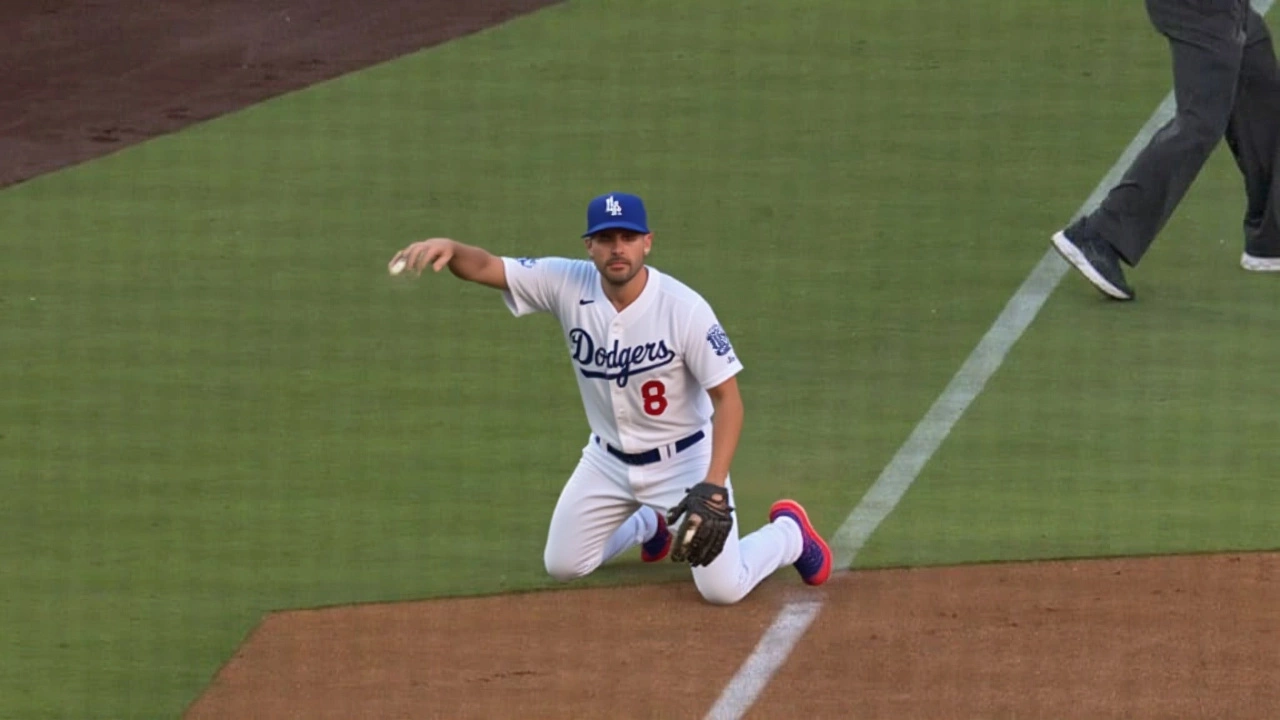When Enrique "Kiké" Hernández stepped onto the field at Great American Ball Park on August 25, 2025, the Los Angeles Dodgers didn’t just get a player back—they got a playoff wildcard in cleats. The 33-year-old utility man, activated from the 10-day injured list after sitting out since July 7 due to left elbow inflammation, didn’t just return. He came back with grit, humor, and a track record that makes managers sleep easier during October.
Playing Through Pain—Until He Couldn’t
Hernández didn’t wait for the injury to heal. He played through it. For over a month. "I played till, basically, I felt like I couldn’t even hold the bat anymore," he admitted during pregame warmups at Dodger Stadium. "And I mean, it was kind of dumb on my end." He’d been swinging with aching tendons, fielding grounders with a swollen joint, and even batting with a grip that was slipping by game’s end. The MRI, when it finally came, confirmed what his body had been screaming: it was too late to avoid the IL. The Dodgers’ medical staff found moderate inflammation, not a tear, but enough to shut him down before the damage worsened.Rehab in Oklahoma City—And the Brace That Became a Superstition
His five-game rehab assignment with the Oklahoma City Baseball Club wasn’t just a formality. It was a test. And he passed. Five games. 14 at-bats. Five hits. Two doubles. Three RBIs. A .357 average that looked more like a return to form than a fluke. Defensively, he played third base, left, and center—proof he’s still the ultimate utility weapon. But the real story? The sleeve. A neoprene brace wrapped snugly around his left elbow. He wore it in every rehab game except one. "I could play without it," he said, smiling. "But I’m not stupid. If the brace keeps me from re-tearing something, I’ll wear it till it’s threadbare." He joked it might turn him into "like Shohei"—a nod to teammate Shohei Ohtani. The comparison wasn’t just for laughs. Hernández knows Ohtani’s legendary durability. And if a little extra support helps him mimic even a fraction of that resilience, he’s all in.
Why the Dodgers Needed Him Back—And Who Got Cut
The move to activate Hernández meant letting go of Buddy Kennedy, the 26-year-old infielder who’d filled in capably but lacked the postseason pedigree. Manager Dave Roberts, 52, made it clear: this wasn’t about filling a roster spot. It was about depth. With Teoscar Hernández struggling defensively in right field, and the Dodgers’ playoff hopes hinging on pitching and defense, Kiké’s ability to play multiple positions—especially in the outfield—was gold. "We’ve got a lot of moving parts," Roberts said. "Kiké’s not just a bat. He’s a chess piece we can slide into any square." Through July 7, Hernández had posted a .195 average with 8 home runs and 22 RBIs in 72 games—a modest stat line, sure. But those numbers don’t capture his value. He’d been the team’s most consistent late-inning hitter in close games. And in high-leverage moments? He thrived.Postseason Grit: Back Tightness, But No Quit
The real test came in October. On October 1, 2025, during Game 1 of the National League Wild Card Series at Dodger Stadium, Hernández went 2-for-3 with a run scored. Then, in the seventh inning, he limped off after a swing. Back tightness. Roberts didn’t panic. "He has some back tightness. Just trying to take care," he said. "But he’ll be in there tomorrow." And he was. Game 2. Two hits. A stolen base. A key double in the eighth that tied the game. His postseason legacy? Unshakable. In 87 career playoff games, Hernández owns a .283/.356/.524 slash line with 15 home runs, 35 RBIs, and 38 runs scored. In 2024, during the Dodgers’ World Series run, he hit .294. In Game 3 of the 2025 World Series, with the team down 3-2 to the Toronto Blue Jays at Rogers Centre, he launched a solo homer in the third—his 16th career playoff long ball. The Dodgers won that game. They didn’t lose again.
Why This Matters Beyond the Box Score
Hernández isn’t a superstar. He doesn’t have MVP trophies or All-Star appearances. But he’s the kind of player who wins championships. He’s the guy who shows up with a smile after a 10-day rehab. Who wears a brace like armor. Who jokes about becoming Shohei while quietly doing the dirty work. He’s the glue. The veteran who knows when to swing, when to hold back, and when to just get on base. The Dodgers didn’t just get a player back. They got a symbol of their identity: resilience over reputation, grit over glory. And in October, that’s worth more than any stat line.Frequently Asked Questions
How did Kiké Hernández’s elbow injury impact the Dodgers’ infield depth?
With Hernández sidelined, the Dodgers leaned on players like Gavin Lux and Mookie Betts to cover infield spots, forcing adjustments in defensive alignments. His absence forced the team to use utility players in unfamiliar roles, which contributed to defensive inconsistencies—particularly in late-game situations. His return restored flexibility, allowing Roberts to rest key players and shift Betts to left field more often.
Why did the Dodgers choose to activate Hernández over Buddy Kennedy?
While Kennedy offered solid defense and a .278 average in 2025, Hernández brought elite postseason experience, multi-position versatility, and a proven ability to deliver in high-leverage moments. His .283 career playoff average and 15 postseason homers outweighed Kennedy’s role as a bench player. The move was about playoff readiness, not just roster balance.
What’s the significance of Hernández wearing the elbow sleeve during games?
The sleeve isn’t just medical—it’s psychological. Hernández says it gives him confidence to swing hard without fear of re-injury. While it doesn’t enhance performance mechanically, it reduces mental hesitation. In the playoffs, where split-second decisions matter, that confidence can be the difference between a foul ball and a game-winning hit.
How does Hernández’s 2025 postseason performance compare to his regular season?
His regular season stats (.195 AVG) were below his career norms, but his postseason numbers (.312 AVG in 2025 playoffs) mirrored his historic October trends. He hit .294 in the 2024 World Series and has consistently outperformed his regular-season average since 2018. This pattern suggests he elevates his game under pressure—making him one of the most valuable playoff performers in recent Dodgers history.
Could Hernández’s age and injury history affect his future with the Dodgers?
At 33, Hernández is entering the final years of his career, and his elbow and back issues raise long-term concerns. But his value as a clubhouse leader and playoff performer makes him a likely candidate for a one-year, incentive-laden deal in 2026. The Dodgers have shown they prioritize intangibles over pure stats, and Hernández embodies that philosophy.
What role will Hernández play in the Dodgers’ 2026 season?
He’s expected to be a bench anchor, playing 2–3 days a week in the outfield and at third base, while mentoring younger players like Miguel Vargas. His role will be similar to a veteran pinch-hitter with defensive flexibility—much like how the Dodgers used Chase Utley in his final years. His leadership and clutch hitting will remain invaluable, even if his starts decrease.
